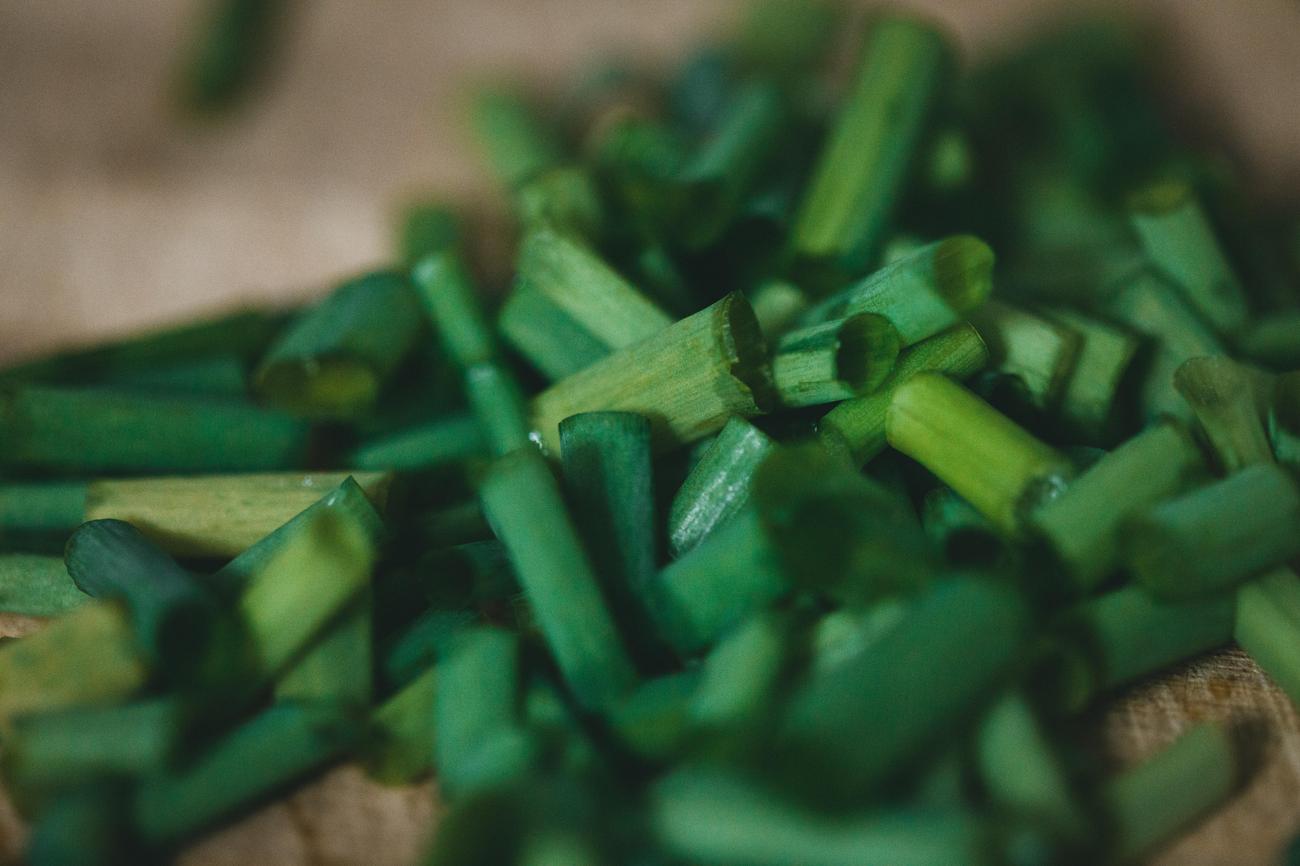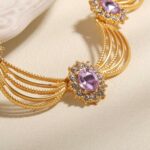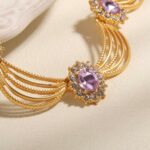Are you ready to embark on a journey filled with captivating trivia about emerald birthstones? As a seasoned gemologist and expert in precious gemstones, I have dedicated years to uncovering the secrets and stories hidden within these magnificent emeralds. Get ready to be enthralled as we delve into the rich symbolism, historical significance, and mesmerizing features that make emeralds truly exceptional. Join me as we unveil the mysteries and allure of these stunning birthstones, and prepare to be amazed by the fascinating world of emerald trivia!

Emerald Birthstones: Uncovering Captivating Trivia
Emerald birthstones hold a world of captivating trivia, waiting to be discovered. Beyond their stunning green beauty lies a tapestry of symbolic significance, fascinating origins, and remarkable features. Let’s embark on a journey that unveils the mysteries and allure of emerald birthstones.
Did you know that the word “emerald” itself means “green gem”? It is the birthstone for May, radiating with the vibrant hues of spring. But here’s an intriguing fact: all emerald is actually green beryl, but not all green beryl qualifies as emerald. Only the most vivid and intense green beryl gems can rightfully claim the title of emerald.
Emeralds have a magic that goes beyond their color. Would you believe that, carat for carat, an emerald can actually be bigger than a diamond? Yes, that’s right! The density of emeralds is lower than that of diamonds, leading to a larger appearance for the same weight. It’s a visual illusion that adds to their allure.
Now, let’s dive into some captivating trivia about the captivating inclusions found within emeralds. These mesmerizing gemstones often contain internal blemishes called “jardin,” a French word that means “garden.” These inclusions, resembling moss or vegetation, are unique to emeralds and add to their allure, like secrets whispered by nature herself.
Speaking of whispering secrets, did you know that almost all emeralds undergo oil treatment? This ancient technique involves filling the natural fractures within the gemstone with oils or resins to enhance their clarity and color. This practice has been used for centuries and is an accepted industry standard.
When it comes to production, Colombia takes the crown as the world’s top supplier of emeralds. The country’s rich geological landscape produces some of the finest and most prized emerald specimens, captivating all who lay eyes on them.
As technology advances, lab-grown emeralds have become almost identical to their mined counterparts. These lab-grown gems possess the same chemical and physical properties, making them indistinguishable to the naked eye. This breakthrough offers a sustainable and ethical alternative for those seeking the captivating beauty of emeralds.
Now, let’s delve into an ancient timeline of emeralds. The first known emerald mines date back to 1330 BC and were discovered in Egypt. These precious gemstones held immense significance in ancient Egypt, with Cleopatra herself being captivated by their undeniable allure. Emeralds adorned her jewelry, reflecting her regal elegance and love for these captivating gems.
In conclusion, the world of emerald birthstones is rife with captivating trivia. From their symbolic importance as May’s birthstone to their mesmerizing inclusions and historical significance, emeralds continue to intrigue and bewitch us. So, let’s embrace the enchantment and explore the captivating world of emerald birthstones, where every facet holds a story waiting to be uncovered.
“Unveiling the captivating trivia behind emerald birthstones allows us to appreciate the secrets and allure locked within these magnificent gems.”
Emeralds are known for their deep, rich green color and have long been associated with beauty and elegance. But did you know that this stunning birthstone also has some fascinating facts? If you’re curious to learn more about emeralds and their significance, we’ve got you covered. Click here for some fun facts about the emerald birthstone: fun facts about emerald birthstone.

FAQ
Q: What is the birthstone for May?
A: The birthstone for May is emerald.
Q: What does the word “emerald” mean?
A: The word “emerald” literally means “green gem”.
Q: Is all green beryl considered emerald?
A: No, all emerald is green beryl, but not all green beryl is considered emerald.
Q: How does the size of emerald compare to diamond?
A: Carat for carat, emerald is bigger than diamond.
Q: Are emeralds treated in any way?
A: Almost all emeralds are oil-treated to enhance their color and clarity.
Q: What special name do emerald inclusions have?
A: Emerald inclusions have a special name and are referred to as “jardin”, which is French for “garden”.
Q: Which country is the top supplier of emerald?
A: Colombia is the world’s top supplier of emerald.
Q: How does lab-grown emerald compare to mined emerald?
A: Lab-grown emerald is almost identical to mined emerald in terms of physical and chemical properties.
Q: When were the first known emerald mines discovered?
A: The first known emerald mines were discovered around 1330 BC in Egypt.
Q: What was Cleopatra’s favorite gemstone?
A: Cleopatra’s favorite gemstone was the emerald.














